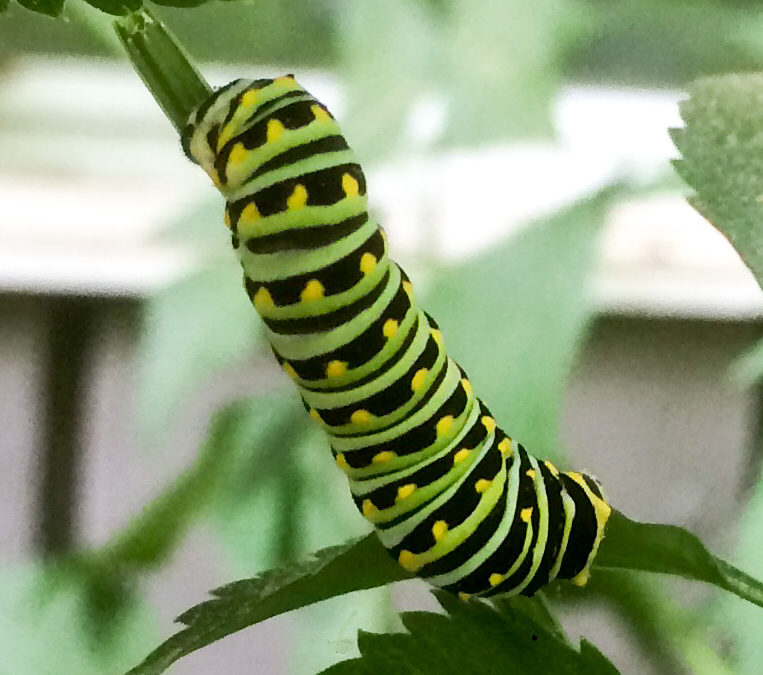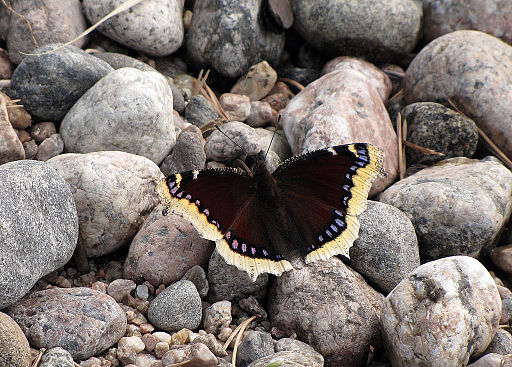Sanguinaria canadensis (bloodroot)
Hepatica nobilis (round-lobed hepatica)
Lindera benzoin (spicebush)
Oxalis violacea (wood sorrel)
Prosartes maculata (nodding mandarin)
Mertensia virginiana (bluebells)
Erythronium americanum (dogtooth violet)
Erythronium americanum (dogtooth violet, white variety)
Symplocarpus foetidus (skunk cabbage)
Dicentra cucullaria (Dutchman”s breeches)
Amelanchier canadensis (serviceberry)
Dicentra eximia (wild bleeding heart)
Maianthemum canadense (Canada mayflower)
Viburnum lantanoides (hobblebush)
Polygonatum biflorum (Solomon’s seal)
Geranium maculatum (wild geranium)
Styllophorum diphyllum (wood poppy)
Uvularia grandiflora (merry bells)
Houstonia caerulea (bluet)
Hydrastis canadensis (goldenseal)
Phlox divaricata (woodland phlox)
Chrysogonum virginana (green and gold)
Halesia carolininia (silverbell)
Tiarella cordifolia (foamflower)
Cercis canadensis (redbud)
Caltha palustris (marsh marigold)









































Recent Comments